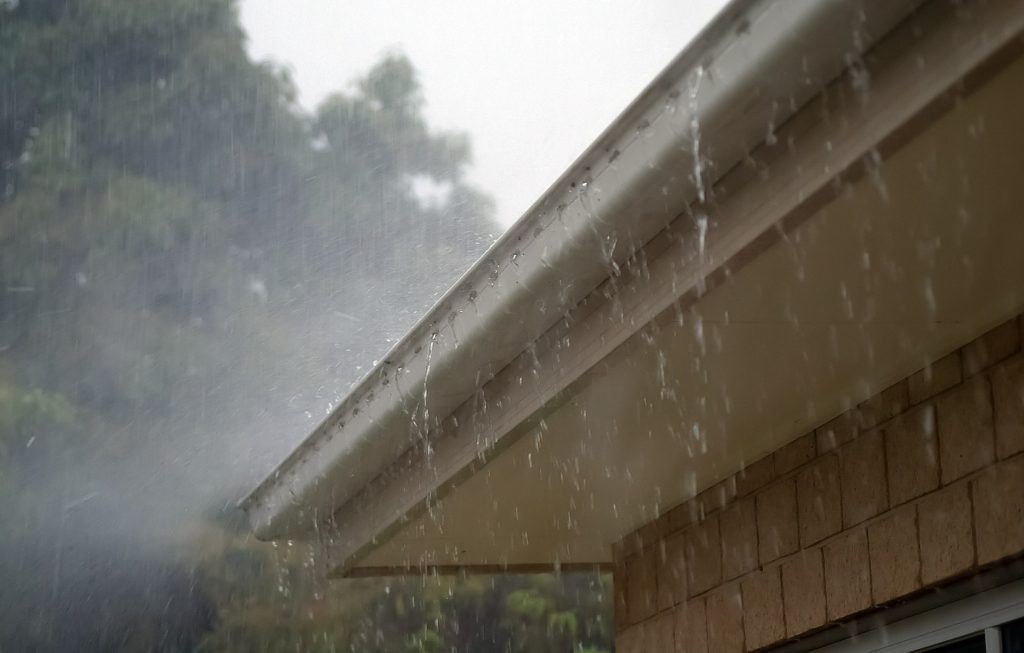Spring Thaw and Waterproofing
This winter has been brutal for some with sub-zero temperatures, record snowfalls, and large amounts of rain. But, there is a bright spot on the horizon: Spring is near!
There is something to be cautious of though with the approaching change in seasons. Along with the warmth of a spring thaw comes the thawing of the snow and ice. The ground is saturated and frozen, but the snow above the ground has to go somewhere when it melts.
There are many things that can happen if the soil around your home gets oversaturated. It may trickle into the basement through small cracks. The water can damage belongings and weaken the structural integrity of the home. Water in a basement can also lead to pest and insect infestations. Oversaturated soil can exert a large amount of pressure against foundation walls, causing them to buckle, lean, or even collapse.
There are some steps you can take to protect your basement or crawl space from flooding.
Protect Your Foundation Before a Spring Thaw
Even before the snow begins to melt, you can take some steps to make sure your home is protected.
Check your gutters and downspouts. Makes sure that your gutters are clear and in good repair. They should run freely to the downspouts and those downspouts should empty far from your foundation walls. We recommend they empty at least three feet away from the house, but prefer them to dump their water around ten feet away.
If there is snow or ice piled up against the foundation, make sure it is cleared out before it begins to melt. If the pile begins to thaw, it will trickle straight down the foundation walls, potentially causing a variety of problems.
Waterproof Your Basement
Even if you take the preventative steps above, you may have a problem with water flooding your basement or crawl space. Rapid Foundation Repair has the expertise and products to take care of any waterproofing needs you may have.
Some of the steps that Rapid Foundation Repair can do to help keep your home dry and safe include applying an asphaltic coating that will help prevent water from penetrating the concrete walls. This is called damp proofing.
Another method of waterproofing involves channeling the water to a sump pump which then pumps it out to the yard, away from the home. Interior and exterior waterproofing systems may use channeling, sump pumps, and other methods in combination to give you the highest amount of waterproofing protection.
Contact us today to learn more about protecting your home against thawing and the upcoming rain that will happen this spring. You will appreciate having a dry home with a strong foundation.

